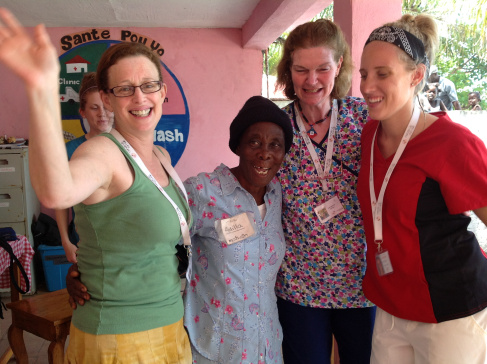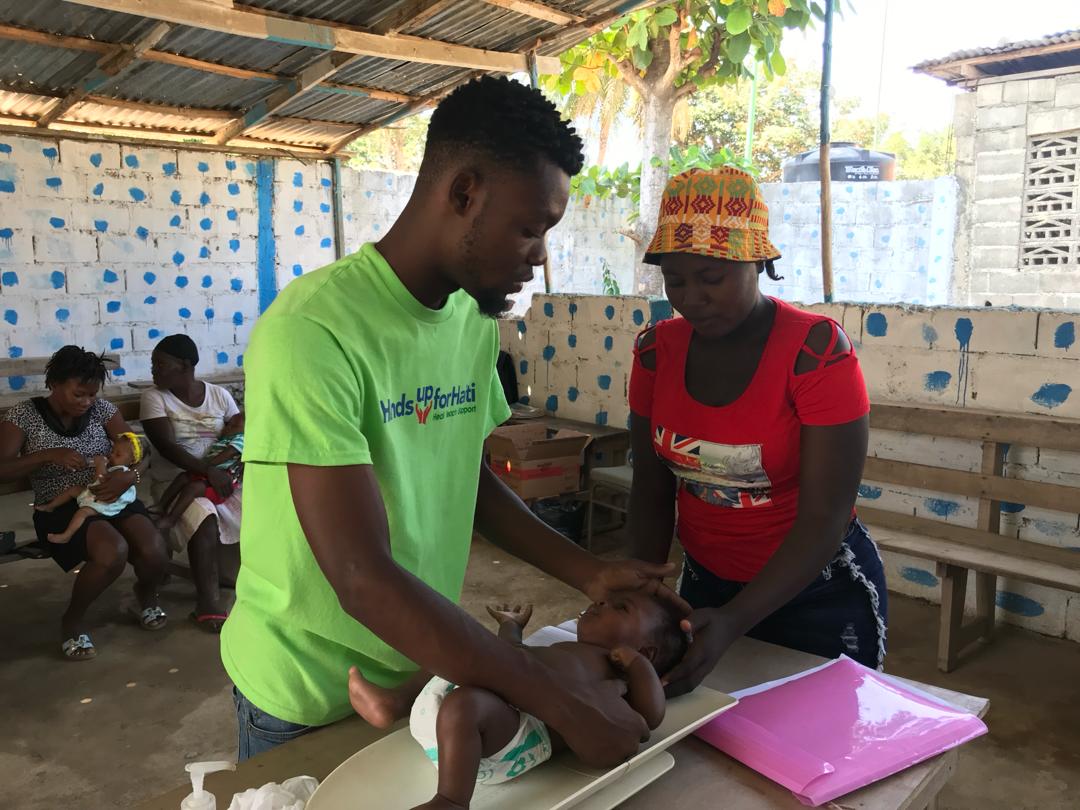Our day started with a song. Ten matrones, many quite elderly, had traveled a distance to join us at the Sante Pou Yo Clinic in Bas Limbe, for a training seminar called Helping Babies Breathe. The song they sang was joyous, a chorus celebrating life. For these women have collectively delivered life to generations of villagers in the Bas Limbe region. After the traditional song was sung, one by the one, the matrones stood up and recited their stories in Creole. Most of these Traditional Birth Attendants (TBAs) had no formal training. Many had been trained by family members or had been called in a dream to bring babies into the world. For 30 or 40 years they had been caring for mothers and delivering babies in village homes with no electricity, no running water, and very little in supplies.
As a pediatrician who works in a hospital with a high level maternity floor and neonatal intensive care unit, I was amazed by their stories and their skill. Although the truth of the matrones’ collective experience will be difficult to determine, the women spoke of only a few disastrous outcomes. They have learned by experience to recognize problems early and get the mothers to a birthing center or hospital. They use a combination of various traditional methods and an approach to childbirth as a natural occurrence, although one that can be very dangerous for both mother and baby.
Today they would participate in a workshop called Helping Babies Breathe, a program developed by the American Academy of Pediatrics in collaboration with World Health Organization (WHO), USAID, and other global health organizations. The objective of this program is to train traditional birth attendants in resource poor countries in the skills of newborn resuscitation and in the hopes of decreasing neonatal mortality.
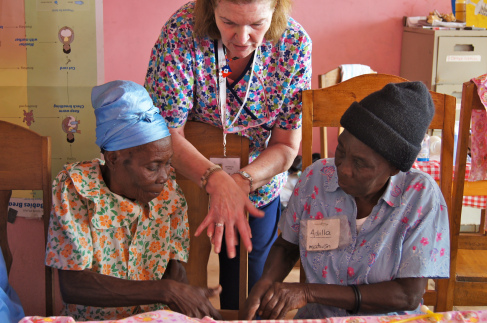
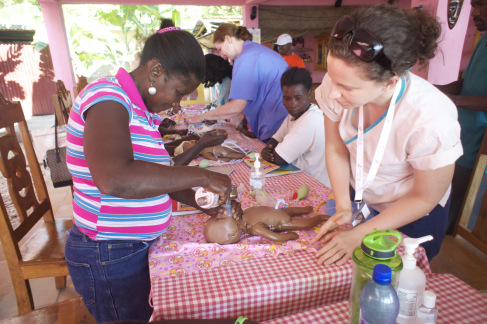
The WHO estimates that worldwide, one million babies die each year from birth asphyxia (eg. inability to breathe immediately after delivery). In Haiti, the statistics are that 50 babies will die for every 1000 births in the first month of life, 4 will die right after birth.
A key concept of HBB is The Golden MinuteSM: Within one minute of birth, a baby should be breathing well or should be ventilated with a bag and mask. The Golden Minute identifies the steps that a birth attendant must take immediately after birth to evaluate the baby and stimulate breathing.
Surprisingly, very few of these babies actually require intensive medical treatment or even oxygen. The Golden Minute is the first minute of life, and many babies need only to be kept warm, cleaned, and be stimulated to breathe.
So here we were, a group of doctors and nurses from the US and nursing students from Canada, here to teach the course. For this workshop, Dr. Jill Ratner and myself, both pediatricians, and Judy McAvoy RN were certified in HBB and our goal was to help train not only the TBAs but also the Nurses and Agent Sante’s of Sante Pou Yo . We believe that no program can survive without working with our Haitian colleagues to provide sustainability. Therefore we also certified our Haitian colleague, Dr. Jonguel Brinvert as a master trainer so that he can continue the training of the local matrones. Youseline , Nurse and midwife for the Sante Pou Yo Clinic, as well as a few other nurses invited by Dr. Brinvert, also received the HBB training but with some extra emphasis on neonatal resuscitation techniques.

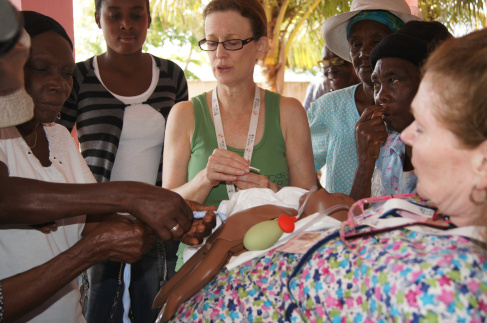
First step was a review of keeping the delivery area clean, proper hand washing, and sterilization of tools such as knives or scissors to cut the baby’s umbilical cord; next we emphasized the need to ensure that the baby was breathing in that most important Golden Minute. Using special baby mannequins, filled with water, the nursing students helped the matrons learn how to stimulate a baby to breathe. For some of the older matrones, their hands wracked with arthritis, it took much coaching for them to be able to correctly ventilate a little newborn’s lungs. In the end only a few would be able to use this advanced technique, but most babies will do well with proper control of infection and gentle stimulation, drying and breastfeeding. Dr. Brinvert gently led the women through some common problems.
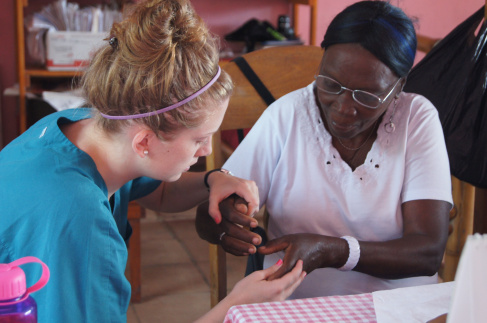
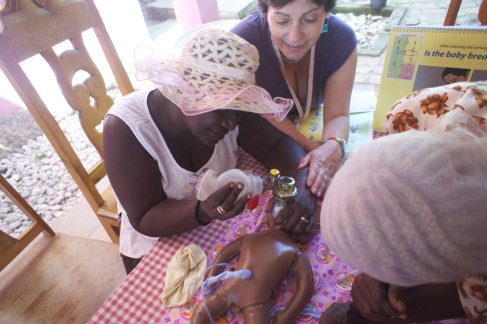
At the end of a day, they received their certificates proudly bearing their names. Most of the matrons could not read or write but this piece of paper was precious to them. The posed for pictures, hugged us and then sang and danced. For two days we held these seminars and 18 women were certified. During one session a young mother came in to the clinic in labor and they crowded round to see how Youseline and Nurse Judy delivered and cared for the happy healthy baby. Perhaps a hopeful sign of the future for this remote region of Haiti.
